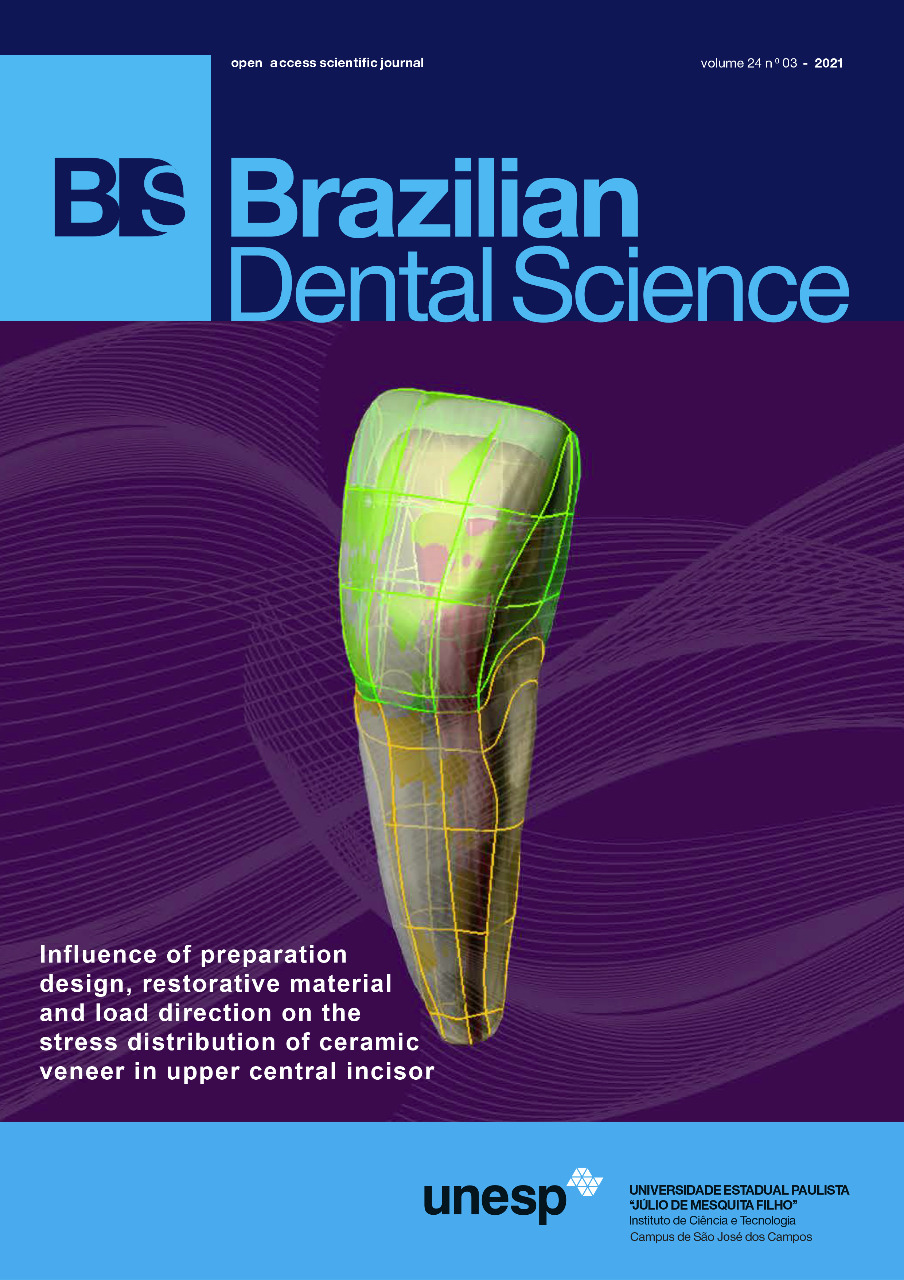Is artificial intelligence really a future trend in health care?
DOI:
https://doi.org/10.14295/bds.2021.v24i3.3108Resumo
Everyone who uses any digital platform in the daily routine has already been surprised by some sudden ad or product advertisement about which some information has been sought on the Internet. Coincidence? Of course not! This is just one example of how artificial intelligence is inserted into our daily lives. It is in the platforms for music streaming, movies, shopping for any product, in traffic applications, in the stock market. Each "like", each share, each post shows a pattern of consumer preference, a characteristic that can be used to direct advertisements in order to advertise or market a product to a specific target. This is already happening, it is not part of the future. Artificial intelligence is already part of our present.
But how do these platforms manage to "guess" our preferences or tastes and hit exactly what we were looking for? In reality nothing is guessed, it is learned. Through computer modeling, these systems learn from the examples that we ourselves give them. We feed these systems on a daily basis. Just like children, who learn many things by example (languages, for instance) before they even go to school, these systems are also capable of learning. A child learns that a dog is different from a cat when it sees examples of several dogs and several cats. So a child can learn the differences between both animals. Algorithms learn the same way, through examples. This is what we call "machine learning," a sub-area of artificial intelligence (AI). It is an advance for society, but it must be applied with ethics and transparency (see the Netflix documentary Coded Bias).
Moving away from the market sphere and thinking about health care, machine learning has also been widely employed, because these systems have the ability to learn using endless amount of patient and hospital data (Big Data). In this sense, AI-based systems have been developed aiming at improving patient care, from the organization of triage systems at clinics and hospitals, patient scheduling, organization of test result delivery, preventing errors in drug prescriptions, as well as predicting and assisting in disease diagnosis. The artificial intelligence literature in the medical field is already vast. In dentistry, research has focused on the use of convolutional neural networks (CNN) in dental radiology. Tools are produced for researchers and system developers that aim at assisting clinicians in imaging diagnosis, for example, of dental caries, periapical lesions, bone resorption, among other important outcomes.
Some companies, in Brazil and worldwide, have already seen a potential market in the application of these neural networks, and are providing software to assist in the analysis of radiographic images. Far from being able to replace health professionals, this technology should be used to improve the work of dentists and bring more security in diagnosis. Trying to replace a health professional with artificial intelligence, especially in dentistry, is impossible and not productive at all (see Eric Topol's book Deep Medicine).
Information technology as an ally will bring many benefits to dentistry, not only in radiology. The analysis of digital cohorts (electronic patient records) with machine learning algorithms can bring new insights to Science. Such algorithms are able to cross-reference thousands of predictive attributes with various endpoints to define which information is most relevant for qualitative analyses. It is the new advanced statistics.
For this reason, it is especially important to emphasize the need to build a large-scale public dental dataset to make the clinical application of AI possible. The challenge now is to improve the quality of the datasets to build really accurate machine learning algorithms. Finally, it would be very useful for dentists if these developed machine learning systems become applications that could be widely available and spread to the dental community.
The spectrum of AI is huge! Try doing a search today on some topic and wait for the algorithm to work! It will offer you all the information, based on the search example you yourself have offered! This is AI in our lives, no future, but a present!
Keywords
Artificial intelligence; Health care.
Downloads
Downloads
Publicado
Versões
- 2021-07-01 (2)
- 2021-07-01 (1)
Como Citar
Edição
Seção
Licença
TRANSFERÊNCIA DE DIREITOS AUTORAIS E DECLARAÇÃO DE RESPONSABILIDADE
Toda a propriedade de direitos autorais do artigo "____________________________________________________________________" é transferido do autor(es) para a CIÊNCIA ODONTOLÓGICA BRASILEIRA, no caso do trabalho ser publicado. O artigo não foi publicado em outro lugar e não foi submetido simultaneamente para publicação em outra revista.
Vimos por meio deste, atestar que trabalho é original e não apresenta dados manipulados, fraude ou plágio. Fizemos contribuição científica significativa para o estudo e estamos cientes dos dados apresentados e de acordo com a versão final do artigo. Assumimos total responsabilidade pelos aspectos éticos do estudo.
Este texto deve ser impresso e assinado por todos os autores. A versão digitalizada deverá ser apresentada como arquivo suplementar durante o processo de submissão.




























